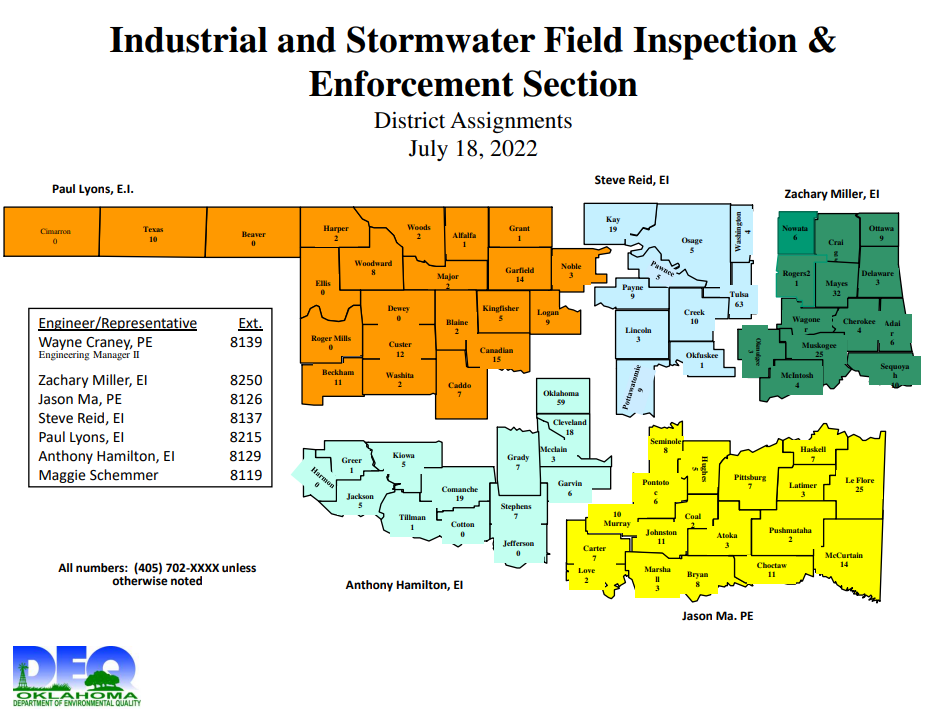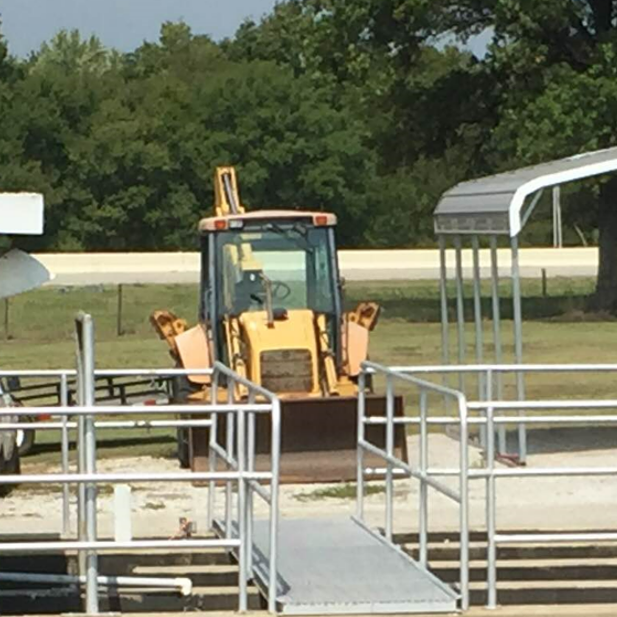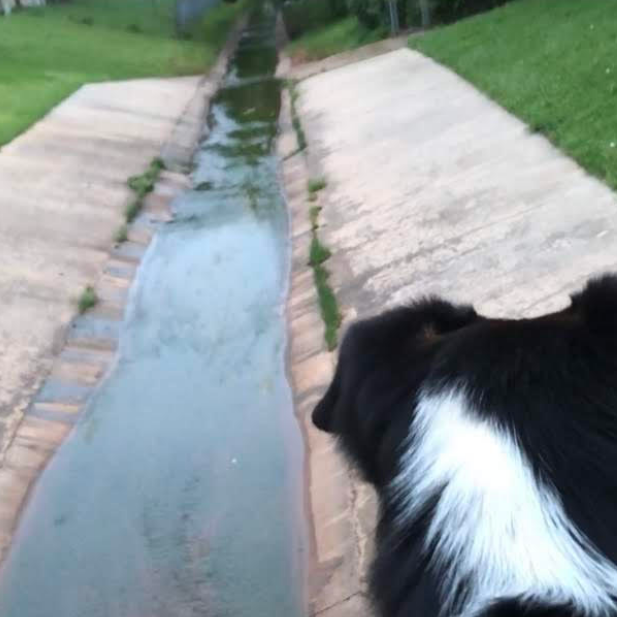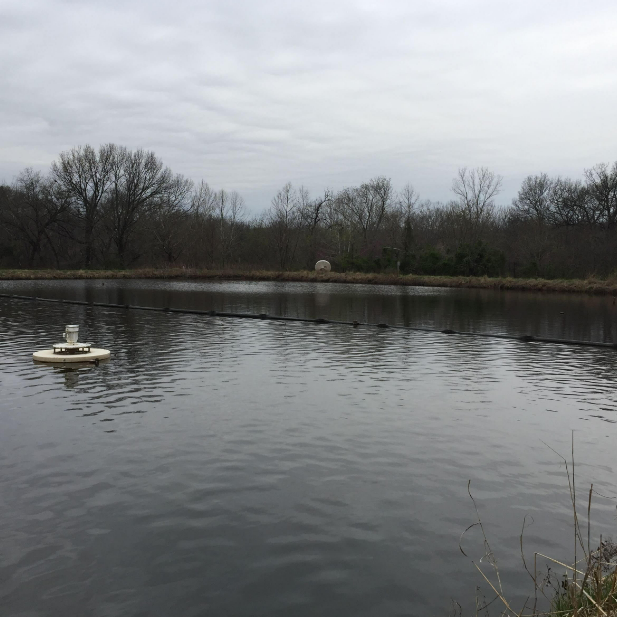Stormwater Permitting
Overview
Stormwater, as defined by the Clean Water Act regulations 40 CFR § 122.26(b)(13), includes stormwater runoff, snow melt runoff, and surface runoff and drainage. Stormwater runoff occurs when precipitation from rain or snowmelt flows over the ground. Impervious surfaces like parking lots, rooftops, driveways, sidewalks, and streets prevent stormwater from naturally soaking into the ground. Increased stormwater runoff can cause flooding and hydrologic changes to the receiving waters. During overland flow, stormwater generally picks up debris, chemicals, dirt, and other pollutants and flows into a storm sewer system or directly to a lake, stream, river, or wetland. Anything that enters a storm sewer system is discharged into the waterbodies used for swimming, fishing, and/or providing drinking water. Polluted stormwater runoff can have many adverse effects on plants, fish, animals, and people. The primary method to control stormwater discharges is the use of structural and non-structural best management practices (BMPs).
Most stormwater discharges are considered point sources and require coverage under an NPDES permit. The National Pollutant Discharge Elimination System (NPDES) Stormwater Program regulates stormwater discharges from three potential sources: municipal separate storm sewer systems (MS4s), construction activities, and industrial activities. EPA authorized DEQ to implement NPDES stormwater permit program within the State of Oklahoma.
Program History
The Clean Water Act, passed in 1972, prohibited the discharge of any pollutant to navigable waters from a point source unless the discharge was authorized by a National Pollution Discharge Elimination System (NPDES) permit. In 1973, EPA adopted regulations which exempted stormwater discharges from permitting requirements except where their discharges were identified as significant contributors to water pollution. The National Urban Runoff Program (NURP) of 1983 report identified that contaminated stormwater as one of the major cause for degraded water quality. On February 4, 1987, Congress enacted the Water Quality Act of 1987 to address the stormwater runoff. The 1987 Water Quality Act added section 402 (p) to the Clean Water Act, requiring that EPA issue NPDES permits for five categories of stormwater discharges. On November 16, 1990, EPA promulgated regulations (40 CFR § 122.26) , which is known as Phase I Stormwater Program, for stormwater discharges from MS4 serving a population 100,000 & more and stormwater discharges from industrial activity. The Phase I industrial stormwater program requires permitting for construction sites which disturb five or more acres and for numerous types of industrial facilities which are identified in the regulations by standard industrial classification (SIC) code or narrative description. EPA issued final Phase II Stormwater regulations on December 8, 1999 to address discharges not covered by Phase I regulations. Phase II regulations require stormwater permits by March 10, 2003 for numerous small MS4s, construction sites of one to five acres, and industrial facilities owned or operated by small MS4s which were previously exempted.
On September 9, 1997, EPA delegated all the responsibility to DEQ to administer stormwater discharges associated with construction and industrial activities and from MS4s. This delegation excluded facilities located in Indian Land and Oil & Gas Exploration fields.
For more information about stormwater, please view: What is Stormwater Fact Sheet
Past Events & Documents







